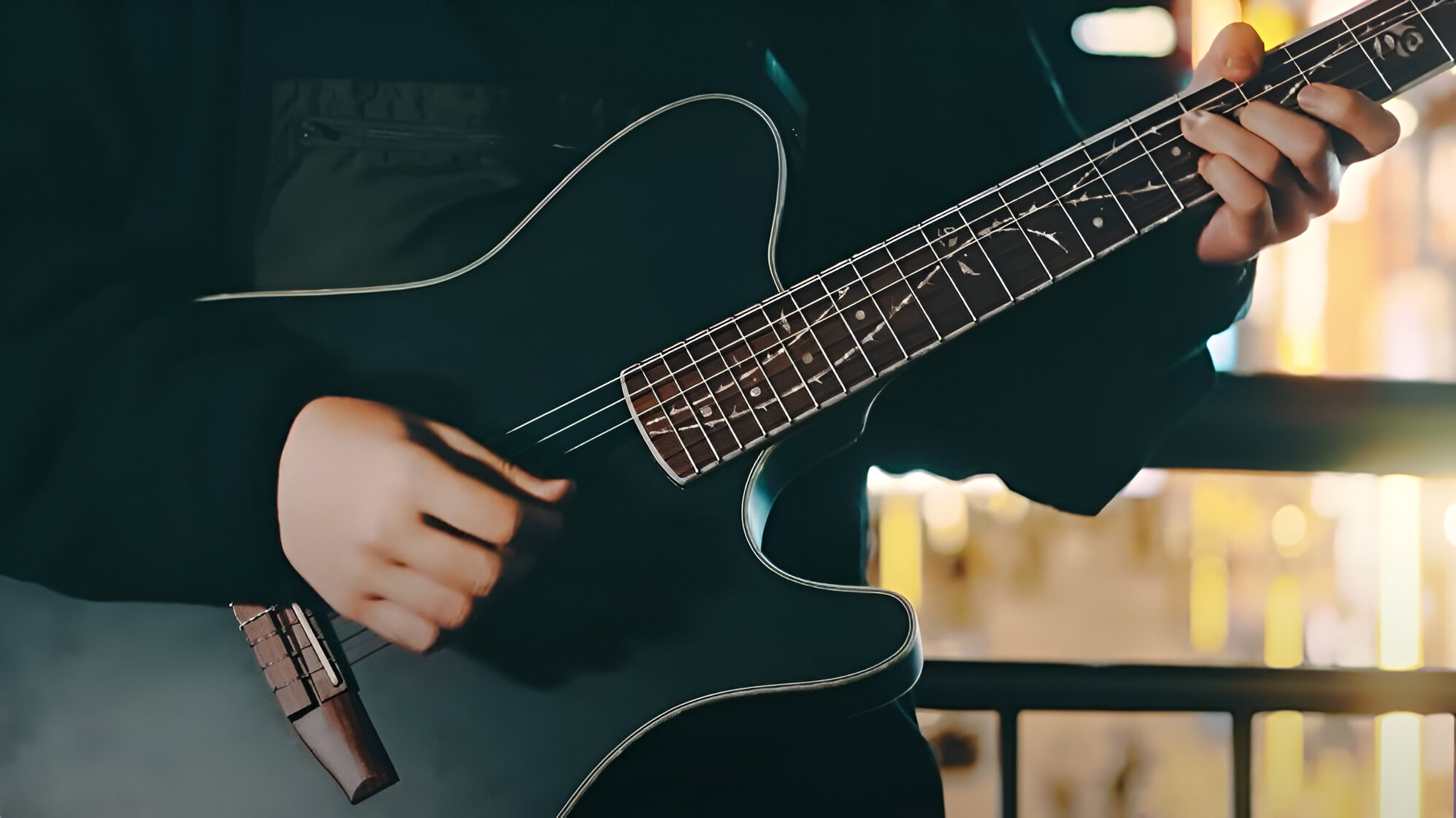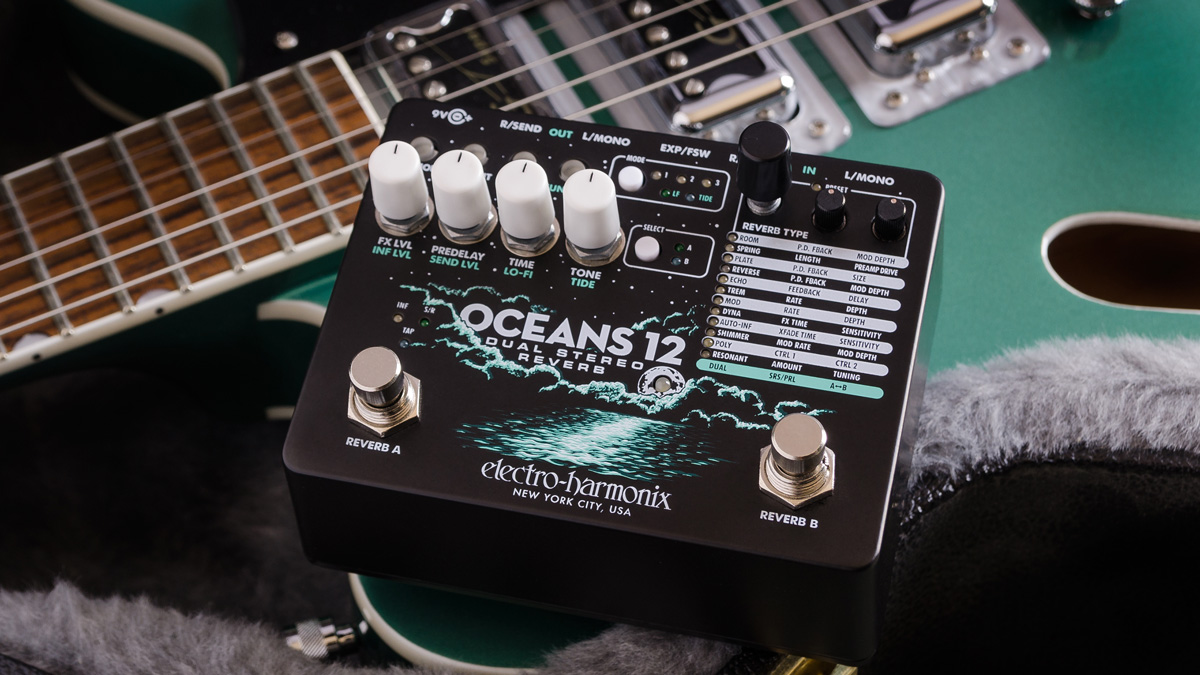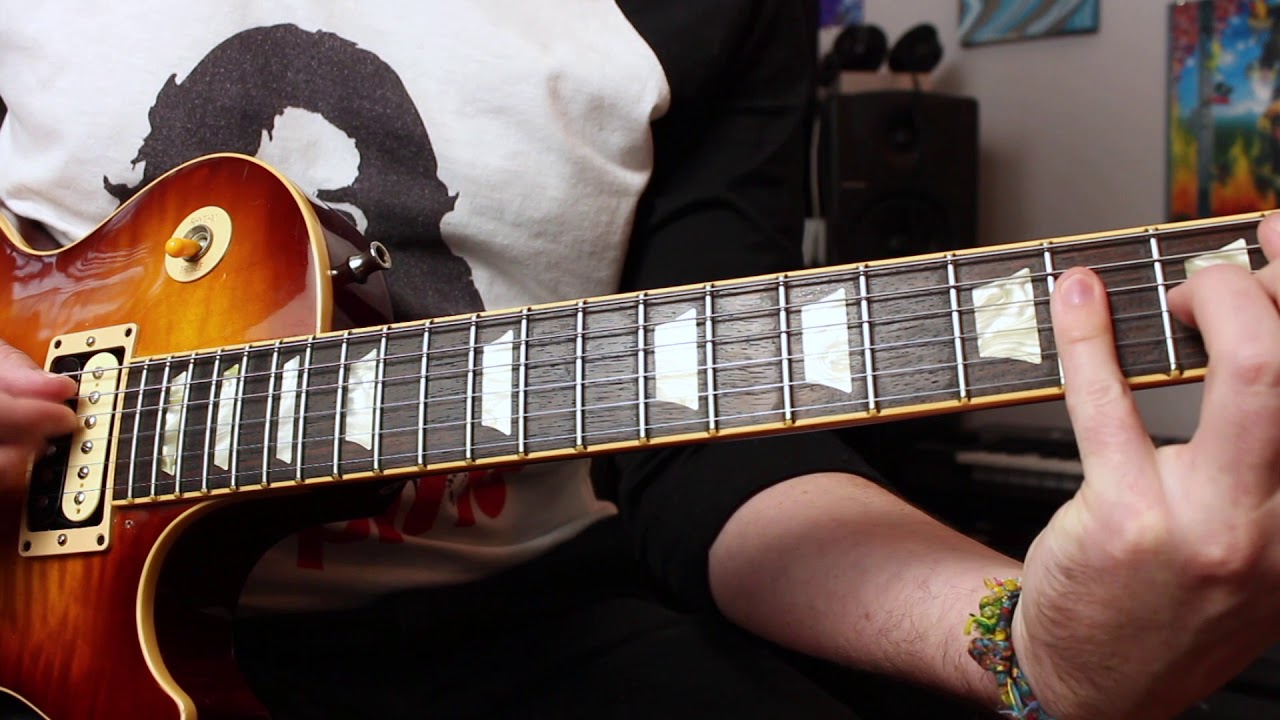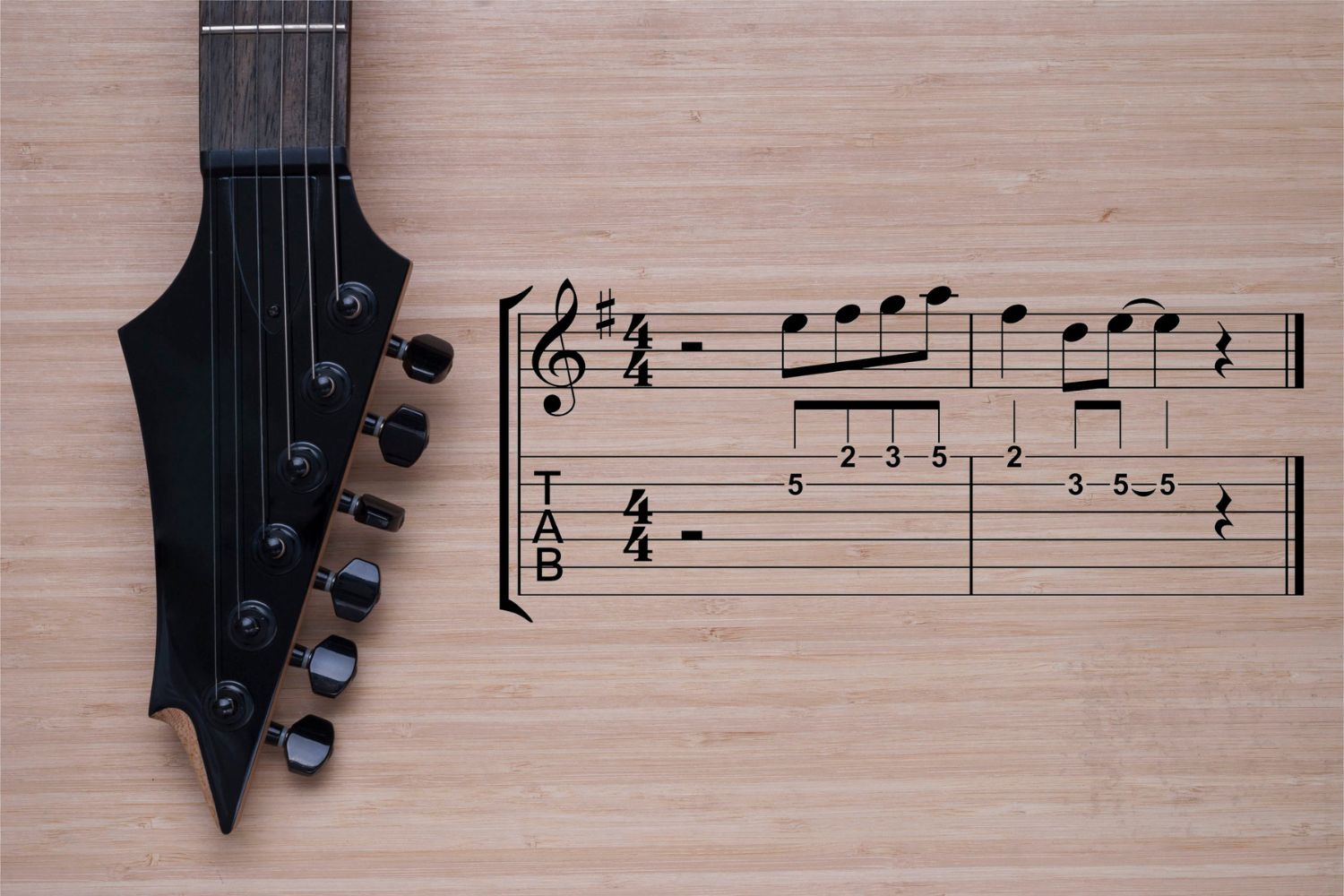Introduction
Playing easy songs on an electric guitar is an exciting and rewarding experience for beginners. Whether you're a novice guitarist or someone looking to transition from an acoustic to an electric guitar, learning to play easy songs can lay a solid foundation for your musical journey. The electric guitar offers a wide range of sounds and styles, making it a versatile instrument for playing various genres, from rock and blues to pop and jazz.
In this guide, we will explore how to play easy songs on an electric guitar, covering essential techniques, chords, strumming patterns, guitar tabs, and practice tips. By the end of this article, you will have the knowledge and skills to start playing your favorite tunes with confidence and enjoyment.
Learning to play the electric guitar is not only about mastering the instrument but also about expressing your creativity and emotions through music. Whether you aspire to join a band, perform on stage, or simply play for your own pleasure, the journey of learning easy songs on the electric guitar is filled with excitement and fulfillment. So, grab your guitar, plug in your amplifier, and let's embark on this musical adventure together.
Let's dive into the world of easy electric guitar songs, where you can unleash your passion for music and create captivating melodies with your fingertips. Whether you're drawn to the raw energy of rock or the soulful sounds of the blues, the electric guitar is your gateway to a world of musical possibilities. Throughout this guide, we'll provide you with the tools and knowledge to start playing easy songs on your electric guitar, empowering you to bring your favorite tunes to life with electrifying flair.
Choosing the Right Songs
When embarking on your journey to play easy songs on an electric guitar, selecting the right songs is crucial to your learning process. As a beginner, it’s essential to choose songs that not only resonate with your musical taste but also align with your current skill level. Opting for songs with simple chord progressions, easy-to-follow melodies, and basic strumming patterns can build your confidence and keep you motivated as you progress in your guitar-playing endeavors.
Start by identifying songs that feature common open chords such as G, C, D, E, and A. These chords are fundamental to many popular songs and are relatively easy for beginners to master. Additionally, look for songs with a moderate tempo, clear rhythm, and uncomplicated song structures. This will help you focus on developing your chord transitions, strumming technique, and overall sense of timing.
Consider exploring genres that appeal to you, whether it’s classic rock, folk, pop, or blues. Each genre offers a distinct style of guitar playing, and by choosing songs within your preferred genre, you’ll stay engaged and enthusiastic about practicing. Moreover, don’t hesitate to seek out simplified versions or tutorials of popular songs tailored for beginner guitarists. Many online resources and guitar tutorial channels offer simplified arrangements and step-by-step guidance, making it easier for you to learn and play your favorite songs.
As you advance in your guitar journey, gradually introduce songs that incorporate new techniques and slightly more complex chord progressions. This progressive approach will challenge you to expand your skills while ensuring that you continue to enjoy the learning process. Remember, the key is to strike a balance between songs that are comfortably within your reach and those that push you to improve.
By carefully selecting the right songs, you’ll not only enhance your playing abilities but also derive immense satisfaction from mastering tunes that inspire and resonate with you. Whether it’s a timeless classic or a contemporary hit, choosing the right songs sets the stage for an enriching and enjoyable learning experience on the electric guitar.
Basic Guitar Techniques
Mastering basic guitar techniques is essential for any aspiring electric guitarist. These foundational skills form the building blocks of your musical journey and set the stage for playing easy songs with confidence and proficiency. As a beginner, focusing on fundamental techniques will not only improve your playing but also instill a strong musical foundation that will benefit you as you progress.
One of the most crucial techniques to master is proper fretting hand placement. Ensure that your fingers are positioned directly behind the frets to produce clear and resonant notes. Practice placing your fingers on the fretboard, applying just enough pressure to produce a clean sound without straining your hand muscles.
Developing a strong sense of rhythm and timing is equally important. Use a metronome or drum track to practice strumming along with a consistent beat, gradually increasing your speed and accuracy. This will help you internalize rhythm patterns and improve your overall timing, essential for playing songs with precision.
Another fundamental technique is alternate picking, which involves using a combination of downward and upward picking motions. This technique enhances your speed and articulation, allowing you to play melodies and riffs with greater fluency. Practice alternate picking exercises to improve dexterity and coordination between your picking hand and fretting hand.
Furthermore, familiarize yourself with basic chord shapes and their transitions. Start with open chords such as G, C, D, E, and A, and practice switching between them smoothly. As you become more proficient, venture into barre chords and power chords, expanding your repertoire and versatility on the instrument.
Lastly, develop a good posture and hand positioning while playing the guitar. Sit or stand comfortably, ensuring that your back is straight and your shoulders are relaxed. Maintain a natural curve in your wrist to facilitate fluid movement along the fretboard, and avoid tensing up, as this can lead to unnecessary strain and hinder your playing.
By honing these basic guitar techniques, you’ll lay a solid groundwork for your electric guitar journey, enabling you to tackle easy songs with precision and musicality. Embrace the process of mastering these techniques, as they will serve as the bedrock of your musical expression and creativity on the electric guitar.
Chords and Strumming Patterns
Understanding chords and strumming patterns is pivotal for playing easy songs on the electric guitar. As a beginner, familiarizing yourself with common chord shapes and mastering various strumming patterns will empower you to bring your favorite tunes to life with authenticity and flair. Let’s delve into the essential aspects of chords and strumming patterns that will elevate your guitar-playing skills.
Begin by learning basic open chords such as G, C, D, E, and A. Practice transitioning between these chords smoothly, ensuring that each note rings out clearly. As you gain proficiency, explore chord progressions commonly found in easy songs, such as the classic I-IV-V progression, which forms the basis of countless popular tunes across different genres.
Once you’ve familiarized yourself with chords, focus on mastering strumming patterns. Experiment with various rhythmic strumming techniques, including downstrokes, upstrokes, and combinations of both. Pay attention to the dynamics of your strumming, accentuating certain beats to add depth and groove to your playing.
As you progress, introduce more intricate strumming patterns, such as syncopated rhythms and percussive strumming techniques. These nuances will infuse your playing with rhythmic complexity and enhance the overall feel of the songs you perform. Additionally, explore palm muting and chord arpeggiation to add texture and dynamics to your strummed accompaniments.
Furthermore, consider experimenting with alternate chord voicings and embellishments to add richness to your playing. Incorporate suspended chords, add9 chords, and other embellishments to infuse your chord progressions with melodic interest and harmonic depth. This creative exploration will expand your musical palette and provide a fresh perspective on familiar songs.
Remember that the synergy between chords and strumming patterns is the heartbeat of your guitar playing. By mastering the art of blending chords and strumming with finesse and expression, you’ll be able to imbue your renditions of easy songs with personality and emotion, captivating your audience and yourself with the power of music.
Guitar Tabs and Riffs
Exploring guitar tabs and riffs is a captivating aspect of playing easy songs on the electric guitar. Guitar tabs provide a visual representation of melodies and riffs, allowing you to learn and play songs with precision and accuracy. Additionally, integrating riffs into your playing adds a distinctive flair to your renditions, making them more engaging and dynamic. Let’s delve into the realm of guitar tabs and riffs, unlocking their potential to enhance your musical journey.
Begin by familiarizing yourself with guitar tablature, commonly known as “tabs.” Tabs provide a simplified notation system that represents the strings and frets on the guitar, enabling you to learn melodies and riffs without the need for traditional sheet music notation. As a beginner, tabs offer a straightforward way to grasp iconic guitar riffs and memorable melodies from your favorite songs.
When learning a new song, seek out tabs that break down the main riffs and melodies, allowing you to focus on mastering specific sections of the music. Practice playing these riffs slowly and gradually increase your speed and accuracy, paying attention to nuances such as bends, slides, and vibrato to emulate the original recordings.
Moreover, immerse yourself in iconic guitar riffs from classic rock, blues, and pop songs, as these timeless melodies often serve as foundational elements for aspiring guitarists. By learning and internalizing these riffs, you’ll not only expand your repertoire but also gain valuable insight into the techniques and nuances that define great guitar playing.
As you delve deeper into guitar tabs and riffs, consider creating your own interpretations and variations of familiar melodies. Experiment with modifying the phrasing, dynamics, and articulation of riffs to inject your unique personality into the music. This creative exploration will strengthen your musical identity and pave the way for crafting original riffs and melodies in the future.
Embracing guitar tabs and riffs opens up a world of musical expression and creativity, allowing you to infuse your renditions of easy songs with captivating hooks and memorable motifs. By integrating these elements into your playing, you’ll elevate your guitar performances, captivating listeners and experiencing the sheer joy of bringing iconic riffs to life with your fingertips.
Practice Tips
Effective and consistent practice is the cornerstone of mastering the electric guitar and playing easy songs with confidence. As you embark on your musical journey, incorporating strategic practice tips and routines will accelerate your progress and enhance your overall proficiency on the instrument. Here are valuable practice tips to guide you toward becoming a skilled and expressive guitarist.
- Structured Practice Sessions: Organize your practice sessions into focused segments, dedicating time to chords, scales, strumming patterns, and song repertoire. By structuring your practice, you can address specific areas of improvement and track your development over time.
- Consistent Daily Practice: Establish a regular practice routine, aiming for short, consistent sessions each day. Consistency is key to building muscle memory, improving dexterity, and internalizing new techniques, leading to steady and tangible progress.
- Slow and Steady Progress: When learning new songs or techniques, start at a comfortable pace and gradually increase speed and complexity. Patient, incremental progress ensures that you develop solid foundations and avoid frustration or burnout.
- Use a Metronome: Incorporate a metronome into your practice to improve your sense of timing and rhythm. Practicing along with a consistent beat enhances your overall musicality and prepares you for playing with other musicians in the future.
- Focus on Problem Areas: Identify challenging sections within songs or technical exercises and devote focused practice to overcome these obstacles. Breaking down difficult passages and practicing them in isolation will lead to significant improvement.
- Ear Training and Music Theory: Develop your ear by learning to recognize melodies, chord progressions, and intervals by ear. Additionally, gaining a basic understanding of music theory will deepen your musical comprehension and enrich your playing.
- Record and Reflect: Record your practice sessions and performances to review your progress objectively. Listening back to recordings allows you to identify areas for improvement and celebrate your achievements along the way.
- Stay Inspired and Curious: Explore a diverse range of musical styles, artists, and genres to stay inspired and broaden your musical horizons. Embrace curiosity and creativity as you continue to evolve as a guitarist.
By integrating these practice tips into your daily routine, you’ll cultivate a disciplined and effective approach to mastering the electric guitar. Embrace the journey of continual growth and discovery, and let your passion for music propel you toward new heights of skill and artistry.
Conclusion
Congratulations on embarking on the enriching journey of learning to play easy songs on the electric guitar. By delving into essential techniques, chords, strumming patterns, guitar tabs, and practice tips, you’ve equipped yourself with the tools and knowledge to embark on a fulfilling musical adventure. As you continue to hone your skills and expand your repertoire, remember that the essence of playing the electric guitar lies in expressing your creativity and emotions through music.
As you navigate the world of easy electric guitar songs, you are not only mastering an instrument but also immersing yourself in the boundless realm of musical expression. Whether you’re drawn to the raw energy of rock, the soulful sounds of blues, or the infectious rhythms of pop, the electric guitar offers a versatile platform for bringing your favorite tunes to life with electrifying flair.
Embrace the process of learning and practicing, allowing yourself the freedom to explore and experiment with different styles and techniques. Each chord progression, riff, and strumming pattern you master brings you closer to realizing your musical aspirations and unleashing your artistic voice on the electric guitar.
As you progress, remember that the journey of mastering the electric guitar is a continuous evolution. Embrace the challenges, celebrate your victories, and stay curious and open-minded as you delve into the vast tapestry of music. Whether you aspire to perform on stage, jam with fellow musicians, or simply savor the joy of playing for yourself, the skills and passion you’ve cultivated will guide you toward fulfilling your musical ambitions.
Above all, let your love for music be the driving force behind your practice and exploration. The electric guitar is not merely an instrument; it is a conduit for your emotions, a medium for self-expression, and a source of boundless creativity. With dedication, perseverance, and a genuine love for the art of music, you will continue to grow and evolve as a guitarist, enriching your life and the lives of those who are fortunate enough to experience your music.
So, pick up your guitar, immerse yourself in the melodies that inspire you, and let the electric guitar become an extension of your soul, resonating with the timeless power of music.

























